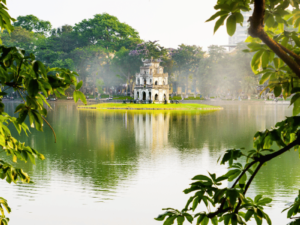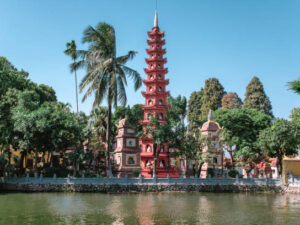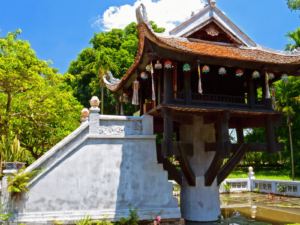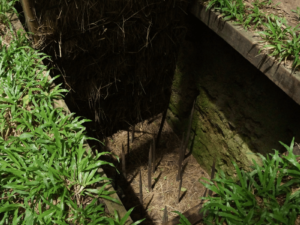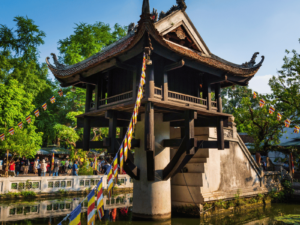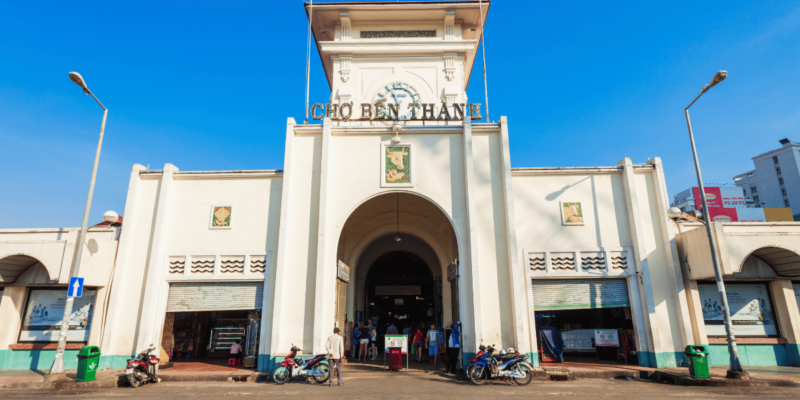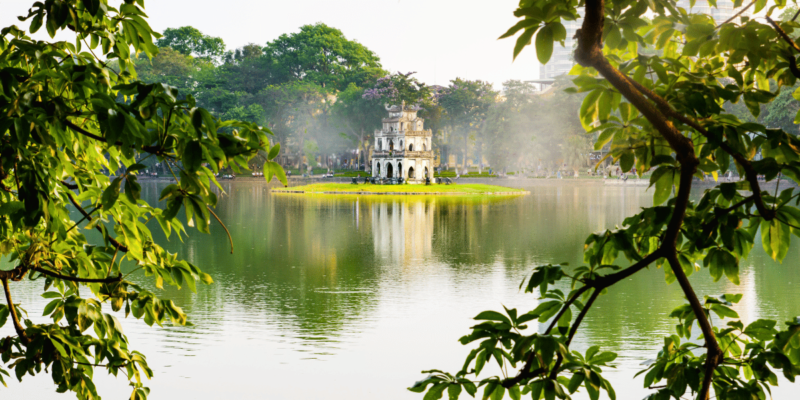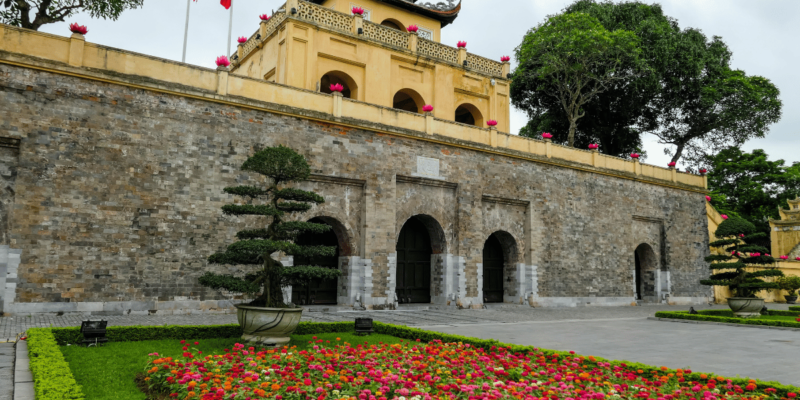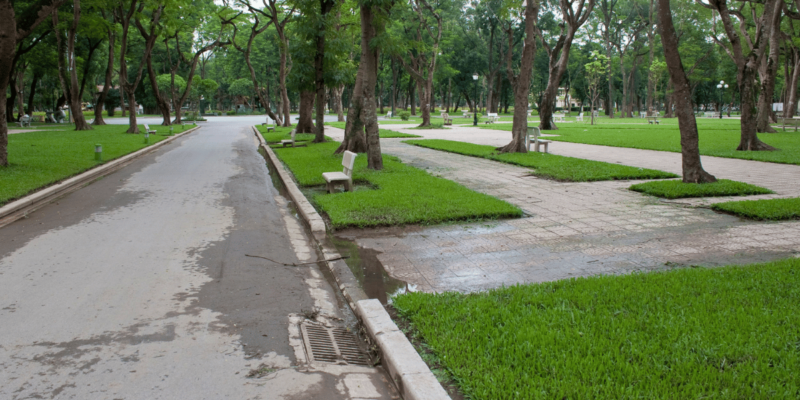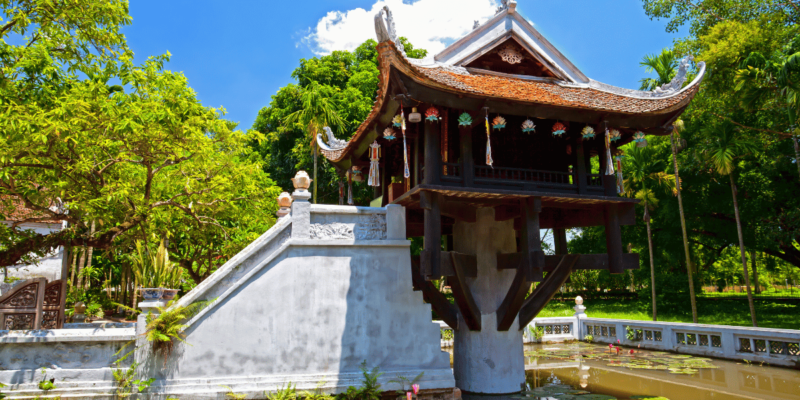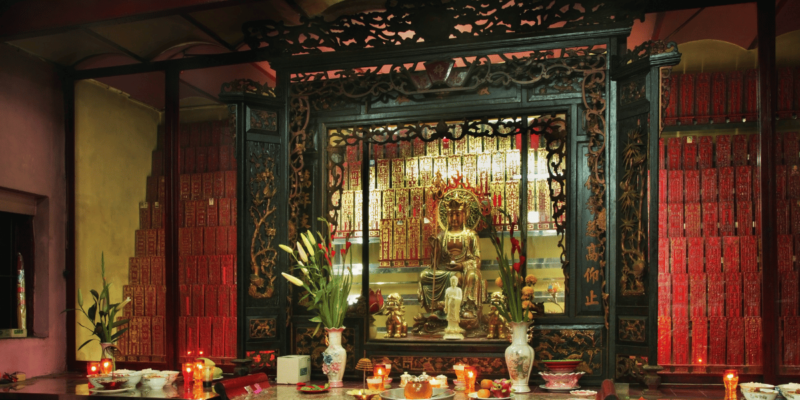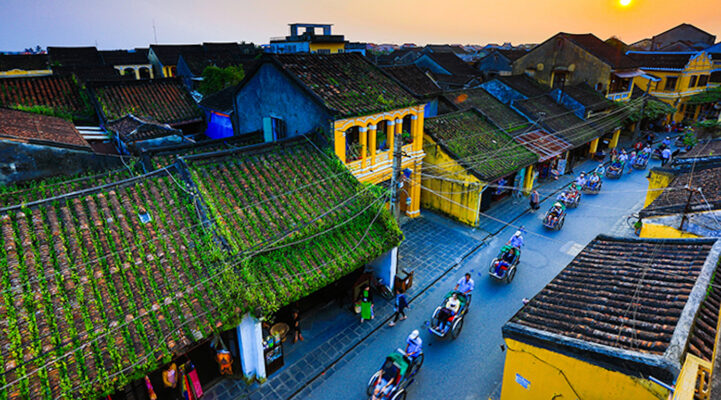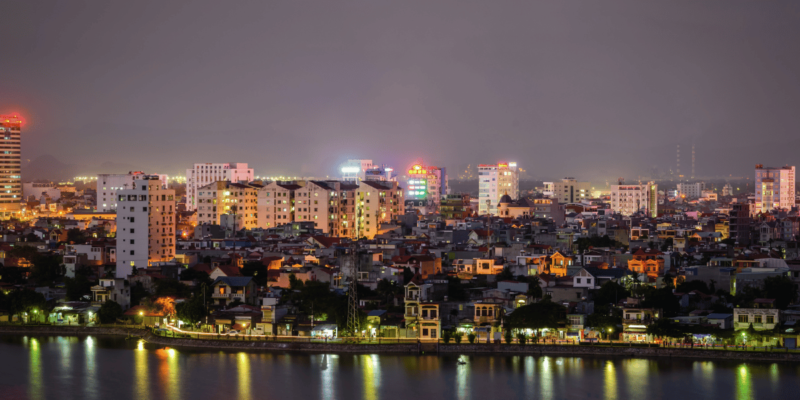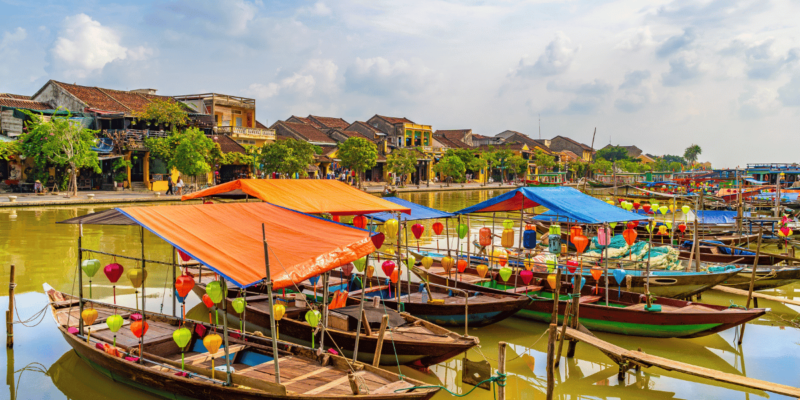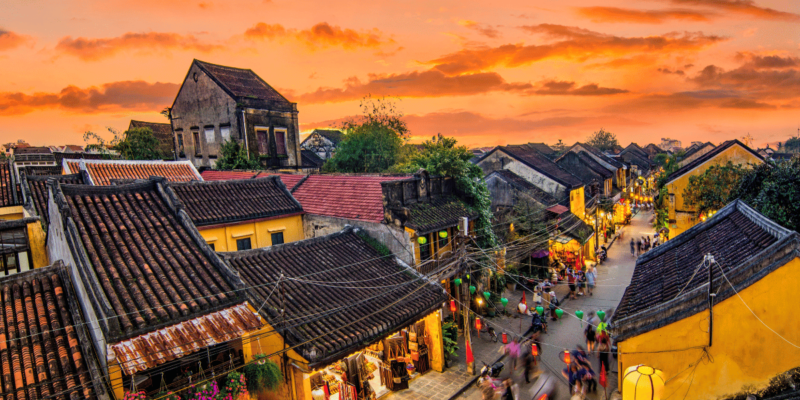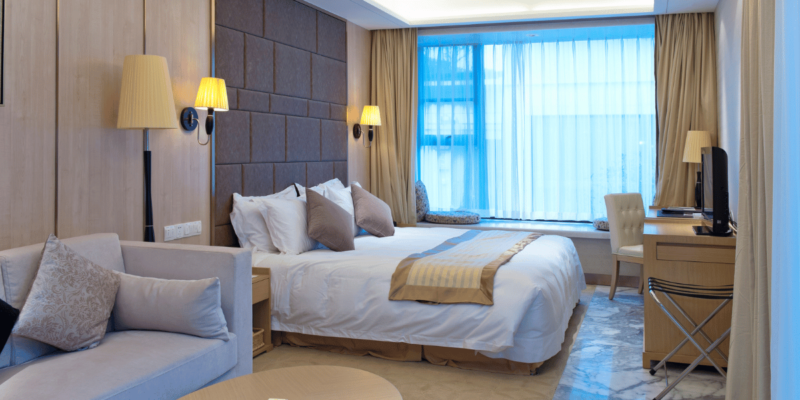Exploring Hoi An’s Rich Architectural Tapestry: A Legacy of Cultural Confluence
Hoi An, a vibrant port city known for its stunning blend of indigenous and foreign influences, presents a vivid tableau of architectural evolution from its days as a bustling trade center to its current status as a UNESCO World Heritage site. This historical city’s buildings tell tales of its illustrious past, reflecting a confluence of cultures that have left an indelible mark on its landscape.
Early Beginnings and Architectural Evolution Initially a modest village of bamboo shacks, Hoi An’s transformation began when it burgeoned into a thriving commercial port in the 17th century. This period marked the city’s first significant architectural developments, influenced heavily by the Chinese and Japanese merchants who made Hoi An their base. These early settlers constructed assembly halls, temples, and eventually elaborate residential structures, which were characterized by wooden architecture laid on stone foundations.
Integration of Diverse Architectural Styles The architecture of Hoi An is a fascinating amalgam of local Vietnamese designs with robust influences from Chinese and Japanese styles, and subtle touches from European traders who frequented the port. This blend is most apparent in the town’s preservation of Chinese assembly halls, which served multiple functions as temples, meeting places, and centers of community activity. Each building is an architectural marvel, featuring intricate carvings and decorations that often symbolize maritime life and lore, reflecting the town’s deep-rooted connection with sea trade.
The Iconic Japanese Covered Bridge Perhaps the most emblematic of Hoi An’s structures is the Japanese Covered Bridge. Contrary to its name suggesting a purely Japanese heritage, the bridge’s origin is shrouded in mystery, enhancing its allure. It stands today not only as a beautiful historic structure but also as a cultural symbol bridging Hoi An’s diverse community. The bridge integrates a pagoda, serving both as a passageway and a place of worship, showcasing the dual functionality common in many of Hoi An’s historical constructions.
Preservation of Merchant Houses The merchant houses in Hoi An are significant, reflecting the commercial vitality of the town during its trading heyday. These structures are distinguished by their long, narrow designs, with commercial spaces in the front and residential areas in the back, often punctuated by one or two courtyards that provide light and air to the interiors. Many of these houses also feature private temples and elaborate family altars, underscoring the merchants’ prosperity and devotion.
Religious Structures and Cultural Institutions Hoi An’s religious architecture, such as the numerous pagodas and the smaller, yet significant Cao Dai temple, offers insight into the spiritual diversity of the town. The Ong Pagoda, with its imposing effigy of General Quan Cong, and the historically misdated Chuc Thanh Pagoda are prime examples of these. Each religious site in Hoi An not only serves spiritual functions but also acts as a custodian of the city’s layered historical narratives.
Museums: Guardians of History The city’s commitment to preserving and interpreting its rich history is evident in its museums. The Hoi An Museum of History and Culture and the Museum of Trade Ceramics are pivotal for understanding the city’s past, particularly its role as a trade hub. These museums, often housed in historically significant buildings, provide contexts for the architectural and cultural heritage of Hoi An, enriching the visitor experience.
Conclusion Hoi An is a living museum of architecture and history, its buildings a testament to the cultural melting pot that it was through the centuries. From its early adaptive re-use of structures to the meticulous preservation efforts today, Hoi An offers a unique glimpse into the architectural and cultural synthesis that defines much of Vietnam’s heritage. For those looking to delve deeper into the legacies of East and Southeast Asian trade and cultural exchange, Hoi An stands out as an invaluable destination.


